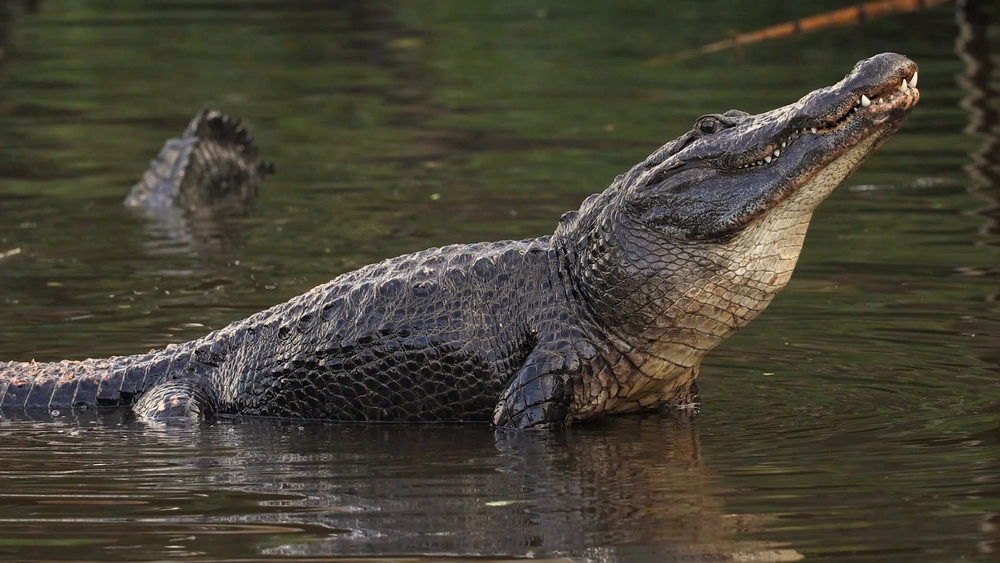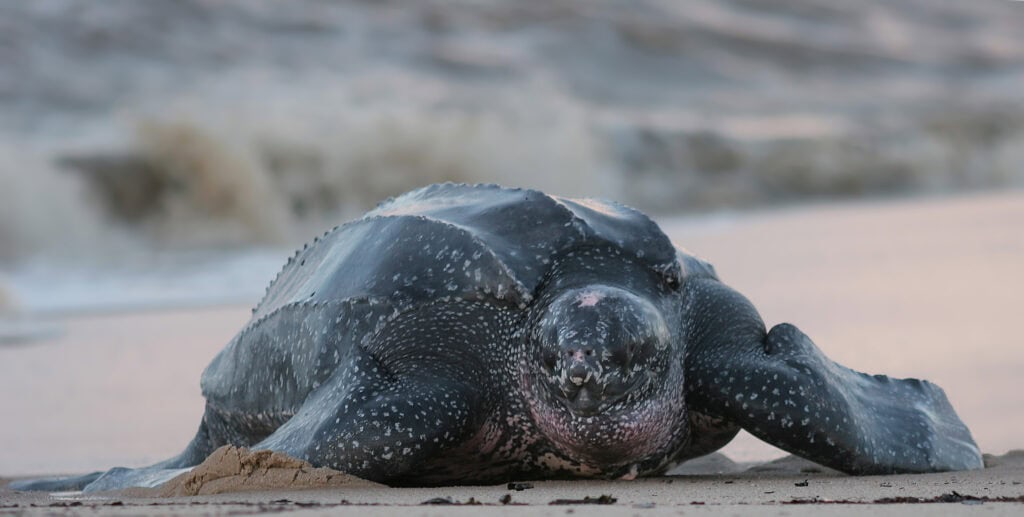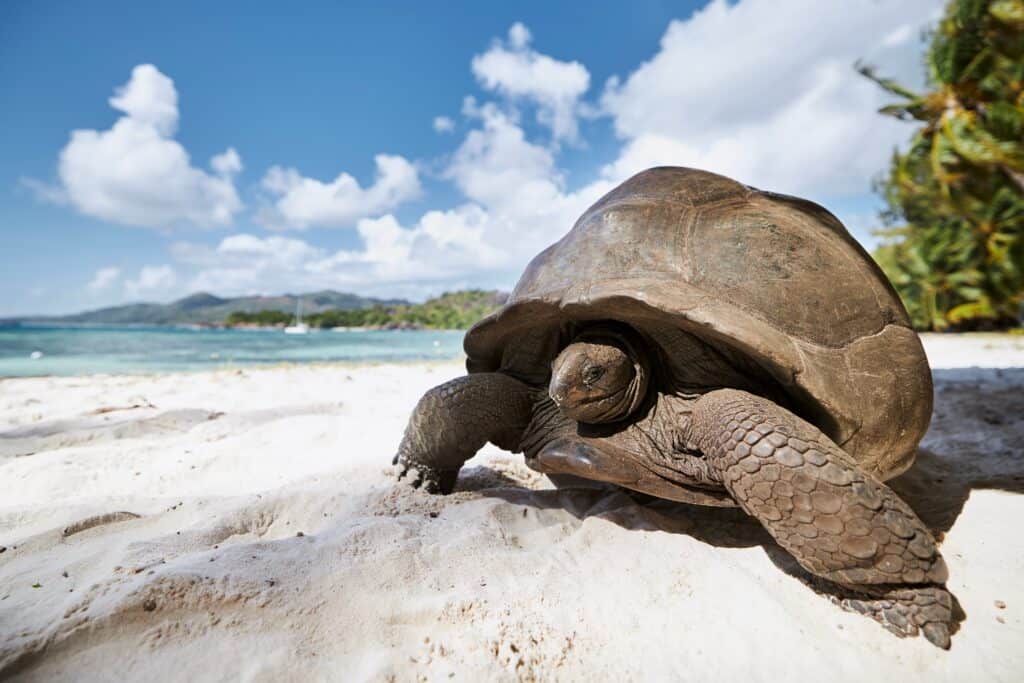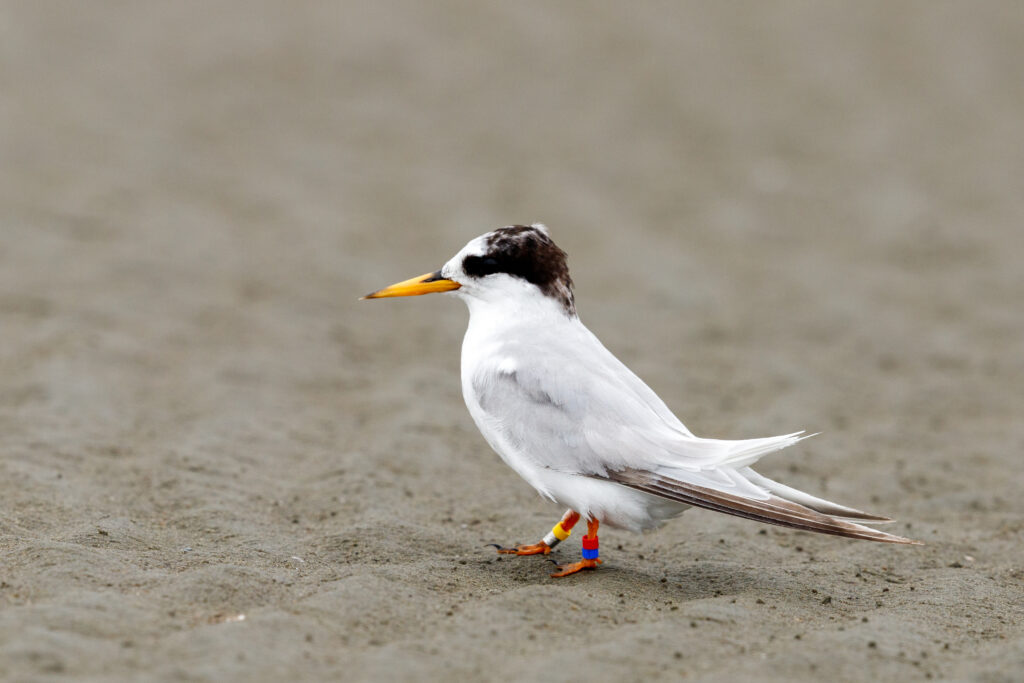Reptiles are some of the most fascinating creatures on Earth, with certain species boasting lifespans and histories that span centuries or even millennia. From ancient fossils to living legends, these remarkable creatures provide a glimpse into the past while thriving in the present. This article explores some of the oldest reptiles in the world, delving into their lifespans, habitats, unique characteristics, and evolutionary significance.
Garter Snake (Thamnophis sirtalis)

The garter snake, commonly found across North America, is a resilient species with an average lifespan of 6 to 10 years in the wild. In captivity, under optimal care, they can live up to 14 years. They are adaptable, inhabiting a variety of environments including forests, grasslands, and urban areas. They primarily feed on amphibians, earthworms, and small fish. They are known for their mild temperament and are often kept as pets. Their ability to thrive in diverse habitats contributes to their widespread distribution. Interestingly, some populations exhibit a form of resistance to the toxins of certain amphibians, allowing them to prey on species that are harmful to other predators.
Boa Constrictor (Boa constrictor)

Native to Central and South America, the boa constrictor is a large, non-venomous snake known for its impressive lifespan. In the wild, they can live up to 20 years, while in captivity, with proper care, they may reach 30 to 40 years. They inhabit a range of environments, from tropical rainforests to arid regions. They are ambush predators, feeding on birds, mammals, and other reptiles. They are solitary creatures, coming together only during the breeding season. Their ability to adapt to various habitats has contributed to their survival across a broad geographic range. Notably, they possess heat-sensing pits along their jaws, aiding in detecting warm-blooded prey even in low-light conditions.
American Alligator (Alligator mississippiensis)

The American alligator, native to the southeastern United States, is a formidable reptile with a notable lifespan. In the wild, they typically live between 30 to 50 years, but in captivity, they can live up to 65 to 80 years. Muja, an alligator residing in the Belgrade Zoo, is over 80 years old and is considered the oldest living alligator in captivity. These apex predators inhabit freshwater environments such as swamps, rivers, and lakes. Their diet includes fish, birds, mammals, and occasionally carrion. They play a crucial role in their ecosystems by controlling prey populations and creating habitats for other species through their nesting activities. Remarkably, they have a high tolerance for cold temperatures, allowing them to survive in climates that are inhospitable to other crocodilian species.
Leatherback Sea Turtle (Dermochelys coriacea)

The leatherback sea turtle is the largest and most migratory of all sea turtles, capable of living up to 50 years or more in the wild. These ancient reptiles have been around for over 100 million years, predating many dinosaur species. They are known for their unique soft shells, which allow them to dive to depths of over 1,200 meters. They primarily feed on jellyfish and play a vital role in maintaining marine ecosystems. The oldest recorded leatherback was estimated to be around 100 years old, though exact ages are difficult to determine. Conservation challenges include plastic pollution, fishing net entanglement, and habitat destruction. They are remarkable for their ability to regulate body temperature, allowing them to traverse cold waters in search of food. Despite their size, leatherbacks are surprisingly agile swimmers, capable of traveling thousands of miles annually during migration.
Nile Crocodile (Crocodylus niloticus)

The Nile crocodile, native to freshwater habitats across Africa, is one of the longest-lived crocodilian species, with lifespans reaching up to 70 years in the wild. In captivity, some individuals have lived over 100 years, showcasing their incredible resilience. These apex predators are known for their immense size, with males growing up to 20 feet long and weighing over 1,500 pounds. They play a crucial role in their ecosystems by controlling prey populations and maintaining balance. Their hunting strategy involves stealth, ambush, and tremendous jaw strength to capture prey. Human activities, such as hunting and habitat destruction, have impacted their populations, but conservation efforts have been successful in some regions. They have a unique ability to slow their metabolism, enabling them to survive long periods without food. Fossil evidence suggests that their ancestors have been around for over 200 million years, linking them to the age of dinosaurs.
Blanding’s Turtle (Emydoidea blandingii)

The Blanding’s turtle, native to Canada and parts of the United States, is one of the oldest species of turtles, with some individuals estimated to be over 75 years old. There has been research done on the longevity of these turtles because they don’t show the typical signs of aging. They inhabit shallow wetlands and are known for their distinctive yellow chin and throat. They are semi-aquatic and have a diet consisting of crustaceans, insects, and plants. Their delayed sexual maturity and long lifespan make them particularly vulnerable to habitat destruction and road mortality. Conservation efforts are essential to protect their habitats and ensure their populations remain stable. They are known for their overland migrations between wetlands, which can make them susceptible to road crossings and human encounters.
Green Sea Turtle (Chelonia mydas)

The green sea turtle is a large marine reptile found in tropical and subtropical oceans worldwide. They have an impressive lifespan, often living up to 80 years or more. They are primarily herbivorous, feeding on seagrasses and algae, which contributes to the health of marine ecosystems. They undertake long migrations between feeding grounds and nesting sites, sometimes traveling thousands of miles. They are known for their strong site fidelity, often returning to the same beaches where they were born to lay their eggs. Conservation efforts are ongoing to protect them from threats such as habitat loss, pollution, and illegal hunting. Interestingly, the sex of green sea turtle hatchlings is determined by the temperature of the sand where the eggs are incubated, with warmer temperatures producing more females.
Tuatara (Sphenodon punctatus)

The tuatara, a reptile native to New Zealand, is often referred to as a “living fossil” due to its ancient lineage. These reptiles can live up to 100 years or more, with some individuals reaching 120 years in captivity. The oldest known one was Henry, who fathered offspring at the remarkable age of 111. They are nocturnal creatures, inhabiting burrows and feeding on insects, worms, and small birds. They are the only surviving members of the Rhynchocephalia order, which dates back over 200 million years. Conservation efforts have been crucial in protecting their populations from threats like habitat loss and invasive species. Unique among reptiles, they have a “third eye” on the top of their heads, which helps regulate circadian rhythms. They are also incredibly resilient to cold climates, thriving in temperatures that would be fatal to most reptiles.
Galápagos Giant Tortoise (Chelonoidis niger)

Endemic to the Galápagos Islands, the Galápagos giant tortoise is one of the longest-lived vertebrates, with lifespans often exceeding 100 years. Lonesome George, a Pinta Island tortoise, lived to be over 100 years old before his death in 2012. They inhabit various islands, each population adapting uniquely to its environment. Their diet consists mainly of grasses, fruits, and cacti. Conservation programs have been implemented to protect these tortoises from threats like introduced species and habitat destruction. Remarkably, some populations have shown signs of recovery due to these conservation efforts. It plays a vital role in its ecosystem by dispersing seeds and maintaining vegetation balance. Additionally, the shells of these tortoises can weigh over 90 kilograms, providing significant protection from predators.
Aldabra Giant Tortoise (Aldabrachelys gigantea)

The Aldabra giant tortoise, native to the Aldabra Atoll in the Seychelles, is renowned for its impressive size and longevity. They can live well over 150 years, with some individuals reportedly reaching ages beyond 200 years. A notable example is Adwaita, who was believed to have lived for approximately 255 years before passing away in 2006. These herbivorous reptiles thrive in grasslands and mangrove swamps, where they graze on vegetation. Their slow metabolism and minimal predation contribute to their extended lifespans. Conservation efforts have been crucial in protecting their populations from threats such as habitat loss and exploitation. Interestingly, they have been observed forming social groups, a behavior that is relatively uncommon among tortoise species. They are also capable of surviving long periods without food or water, making them highly resilient creatures.
This article originally appeared on Rarest.org.
More from Rarest.org
20 Exotic Birds in Danger of Disappearing from Our World

Exotic birds are among the most vibrant and unique species on our planet. However, many of these stunning creatures are at risk of vanishing forever. Habitat destruction, climate change, and illegal poaching have contributed to their dwindling populations. Read More.
14 Enigmatic Islands with Unexplained Features

Islands hold an air of mystery, often shrouded in legends and unexplained phenomena. Some islands, however, go beyond typical intrigue, puzzling explorers and scientists alike. These enigmatic landforms have baffled visitors with strange artifacts, ancient ruins, and unexplained features that defy logical explanation. Read More.
14 Rare Gemstones Found Only in Specific Regions

Rare gemstones hold a special allure, not just for their beauty but for their scarcity. Found only in specific regions around the world, these stones are prized by collectors and jewelers alike. The combination of unique geological conditions and limited supply makes each of these gems both valuable and captivating. Read More.
